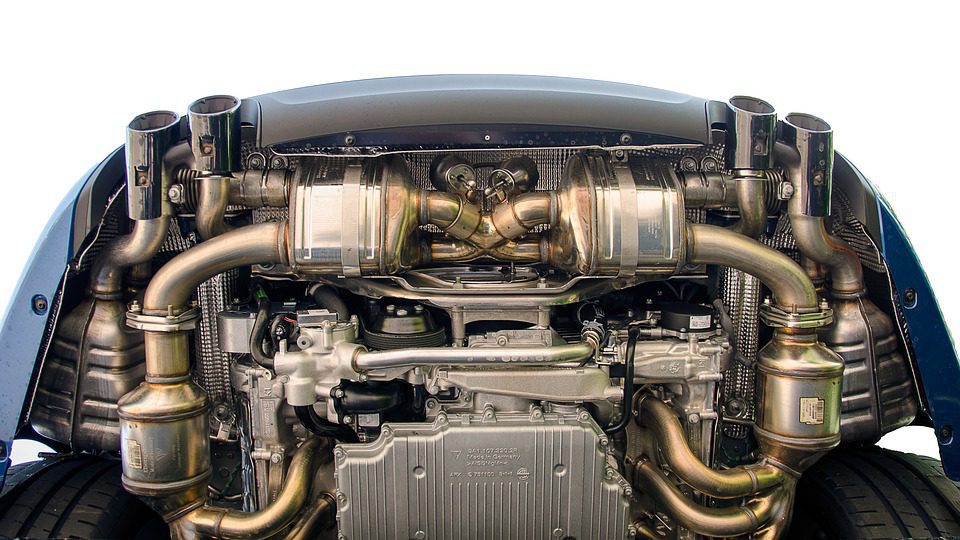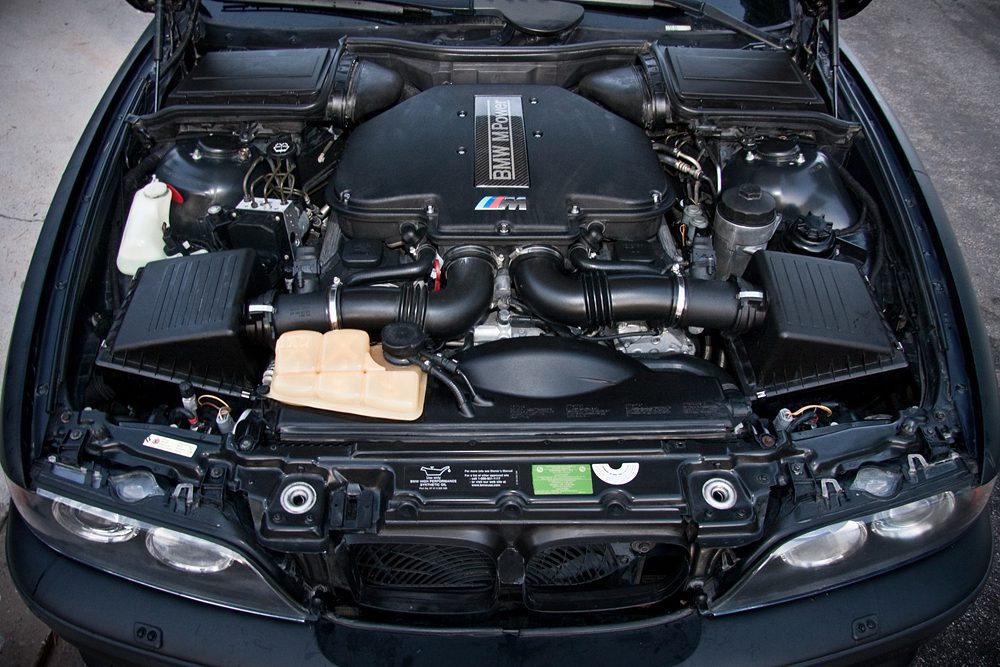Upgrade Your Car with a New Opel Corsa Engine
Upgrade Your Car with a New Opel Corsa Engine
Blog Article
Effective and Effective Tiny Auto Electric Motor Efficiency Evaluation
Examining the performance of little cars and truck motors is a nuanced task that needs a keen eye for detail and a deep understanding of vehicle engineering concepts. By analyzing vital metrics such as horse power and torque, as well as assessing fuel efficiency, we can discover insights into exactly how tiny auto engines can be maximized for peak performance.

Little Automobile Electric Motor Efficiency Metrics
In examining the performance of tiny automobile electric motors, essential metrics such as acceleration, fuel efficiency, and power result play a vital duty in establishing their total performance and viability for various driving problems. Velocity, gauged in secs from 0 to 60 miles per hour, suggests exactly how swiftly a tiny cars and truck can get to greater speeds, which is vital for merging onto highways or overtaking other lorries. Gas performance, commonly determined in miles per gallon (MPG), reflects how far a small automobile can travel on a gallon of fuel, impacting running prices and ecological sustainability. Power output, revealed in horsepower (HP) or kilowatts (kW), indicates the engine's ability to create the needed force to move the vehicle, affecting its efficiency in various road problems. By assessing these performance metrics adequately, makers, chauffeurs, and automotive fanatics can make educated decisions pertaining to the choice and optimization of small car electric motors to meet their specific demands and preferences.

Horsepower and Torque Evaluation
With a fundamental duty in understanding tiny automobile electric motor horse power, efficiency and torque analysis supplies understanding into the engine's power delivery characteristics. Horsepower is a dimension of the engine's ability to do work over time, standing for the price at which job is done. In the context of small cars and truck electric motors, horsepower is important for establishing acceleration, top speed, and general efficiency. Torque, on the various other hand, measures the engine's rotational force, suggesting its capability to get over resistance. Small vehicle engines with higher torque worths commonly really feel much more receptive and supply far better velocity, making them perfect for city driving and overtaking maneuvers. When examining horse power and torque in little auto electric motors, it is important to consider how these metrics communicate to deliver a balanced and effective driving experience. By comprehending the connection between horsepower and torque, automobile engineers can optimize engine performance to meet the specific requirements of small vehicle applications.
Fuel Performance Examination
The assessment of gas performance in small automobile electric motors plays an essential function in establishing their economic and environmental effect. In tiny automobile motors, where small dimension frequently correlates with far better gas economy, different aspects affect efficiency.
To assess gas performance, metrics such as miles per gallon (MPG) are generally used. This measurement indicates the distance an automobile can take a trip each of fuel. Tiny car motors that achieve higher MPG scores are taken into consideration extra fuel-efficient, resulting in cost savings for chauffeurs and minimized exhausts that benefit the environment. Producers continuously aim to enhance gas effectiveness with improvements in engine innovation, lightweight materials, and aerodynamic layouts.

Optimizing Small Car Engine Efficiency
Enhancing the performance of little automobile engines is critical in making the most of efficiency and decreasing operational costs. Maximizing tiny auto engine performance entails a holistic approach that takes into consideration numerous factors such as engine design, gas monitoring systems, and total lorry characteristics. One vital facet of enhancing engine efficiency is making sure proper upkeep schedules are adhered to, including normal oil modifications, filter replacements, and stimulate plug evaluations. In addition, tuning the engine to run at its peak effectiveness can significantly improve overall efficiency.
An additional vital aspect in optimizing tiny cars and truck engine performance is the utilization of their website innovative technologies such as turbocharging or crossbreed systems. These innovations can improve power outcome without compromising gas effectiveness, giving a balance in between performance and economic climate. Moreover, enhancing engine efficiency also includes enhancing burning efficiency, minimizing frictional losses, and improving thermal administration systems.
Future Trends in Small Cars And Truck Motors
Because of progressing automotive innovations and the continuous quest of optimal little auto engine performance, an exploration of future patterns in little car electric motors ends up being crucial - opel corsa engine. One popular fad on the perspective is the increasing combination of electric powertrains in tiny cars and trucks. As the automobile sector changes towards sustainability and lowered discharges, even more little car suppliers are buying electrical motor technology to enhance efficiency and environmental friendliness
One more considerable pattern is the advancement of smaller sized yet a lot more powerful turbocharged engines for tiny automobiles. By scaling down engine abilities and including turbocharging technology, automakers can attain higher power results while maintaining gas performance. This trend lines up with the growing consumer need for small cars and trucks that deliver a dynamic driving experience without compromising on fuel economy.
Moreover, the emergence of crossbreed powertrains in tiny autos is anticipated to gain grip in the future. Hybrid systems provide the benefits click now of both inner burning engines and electric motors, offering improved efficiency and gas efficiency. As advancements in battery technology proceed, little vehicle motors are most likely to end up being even extra effective and effective, catering to the evolving demands of consumers and governing demands for cleaner transportation remedies.
Final Thought
To conclude, the evaluation of little vehicle electric motor performance metrics such as gas, horsepower, and torque performance is necessary in optimizing engine efficiency. By evaluating these variables, producers can boost the overall performance and power output of tiny vehicle electric motors (opel corsa engine). Future trends in little vehicle electric motors are most likely to focus on boosting performance while preserving gas efficiency, making sure that small automobiles continue to be a economical and trustworthy choice for consumers
By checking out essential metrics such as horse power and torque, as well as evaluating fuel effectiveness, we can reveal insights into how little auto engines can be optimized for peak performance. Maximizing tiny cars and truck engine performance entails an alternative approach that takes into consideration different elements such as engine style, fuel administration systems, anonymous and total automobile dynamics.In light of progressing automobile modern technologies and the constant search of ideal tiny automobile engine efficiency, an exploration of future fads in little cars and truck electric motors comes to be essential.In conclusion, the analysis of tiny automobile electric motor performance metrics such as torque, horsepower, and fuel effectiveness is essential in enhancing engine efficiency. Future trends in little car motors are most likely to concentrate on improving performance while maintaining gas performance, making sure that little automobiles continue to be a cost-effective and trusted choice for consumers.
Report this page